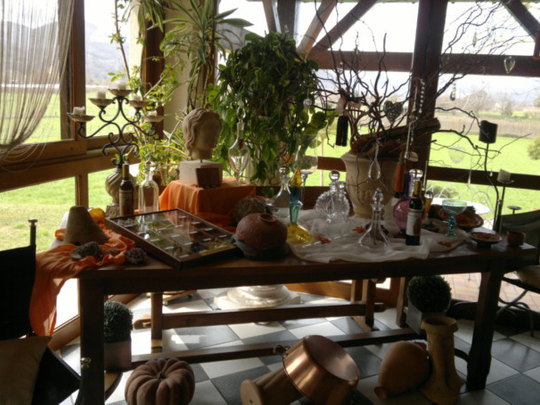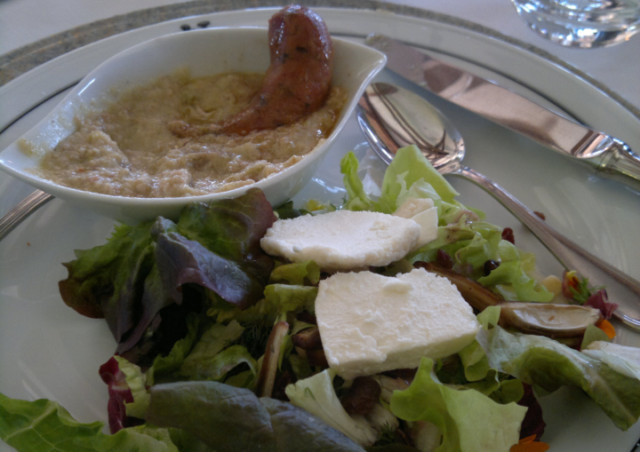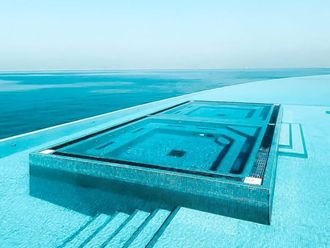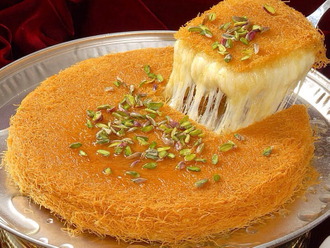
Saint-Bertrand-de-Comminges, located between the hills and the river Garonne in the French Midi-Pyrénées region, is known for its 11th century cathedral and its festival of sacred music. It is also a member of The Most Beautiful Villages of France association.
But the French are also custodians of Roman heritage from thousands of years ago, when Saint-Bertrand-de-Comminges — founded in 72BC — was called Lugdunum Convenarum, a colony of 30,000 people.
In 1985, when the town was excavated, an unusual partnership came about. A chef and an archaeologist got together to discover what the Roman dignitaries ate before and in the times of Asterix.
Archaeologist Marie-Thérèse Marty introduced chef Renzo Pedrazzini to Apicius, one of the world’s oldest cookbooks, a collection of nearly 500 recipes associated with the gourmet Gavius Marcus Apicius, who lived in Rome at the beginning of the 1st century.
Pedrazzini pored over the 2000-year-old recipes to recreate delightful dishes the Roman nobility tucked into.
No frivolous enterprise this, his restaurant, Le Lvgdvnvm, is certified by the French National Centre for Scientific Research.
Archaeologically authentic cooking is an exact science. That means none of the recipes can contain any extraneous elements that don’t appear in the original.
Fish, shellfish, game, poultry, meat, vegetables, legumes and fresh and dried fruit are the main ingredients. The pre-pasta Romans did not have access to lemons, tomato, butter or cream. They used olive oil as fat and sprinkled sauces with dried fruit — dates, prunes and raisins — and pine nuts.
A meal at Le Lvgdvnvm is as much a history lesson as it is a sensory one. The first course — a herb-laden sausage somnolent in a bed of chickpea paste, accompanied by a delightful petal-strewn salad — is enough to convince you the Roman gourmets knew their stuff.
The edible orange petals are calendula, manager Helen Pedrazzini tells GN Focus on a media trip preceding Atout France’s recently organised annual trade show Rendez-Vous en France. The flowers are now grown in the yard around the restaurant. Pine nuts, goat cheese, Malaga raisins, mint and dates all add their individual flavour to the salad, which is doused in garum, a fish sauce called the ketchup of antiquity.
The fish sauce used in Thai cuisine comes close, but for those recreating the meal at home, Helen says that it’s best to buy it from a shop that specialises in Chinese or Thai food than a regular supermarket.
When the Pedrazzinis first opened the restaurant, sourcing the right ingredients was part of the challenge. Today, many of the herbs and flowers used in the kitchen grow in the area around the restaurant. At a glance the garden does not look very different from the rest of the picturesque region, with its flower-peppered valleys.
After each course Helen brings out the ingredients, now offering long pepper from Morocco, then allowing a whiff of its startlingly fragrant avatar from Java and, of course, of Roman myrtle, associated with Aphrodite and the stuff of bridal wreaths in Europe. Cumin, fennel, coriander, aniseed, oregano, flowers, sesame and saffron all make an appearance in this cuisine.
The quest for authenticity, especially in a cuisine 2000 years old, can never be easy. The bread that appears on tables is brought half-baked to the restaurant. It is made from the relict crop épeautre, also known as spelt or dinkel wheat, and is served fresh out of the oven.
The main course features a chicken leg perched on eggplant, a slice of roasted meat in berry sauce, black lentils and herbs.
The dessert is dates soaked in honey, a pudding made of semolina, almonds, raisins and pine-nuts and a dish that combines pear with cumin to delicious effect.










